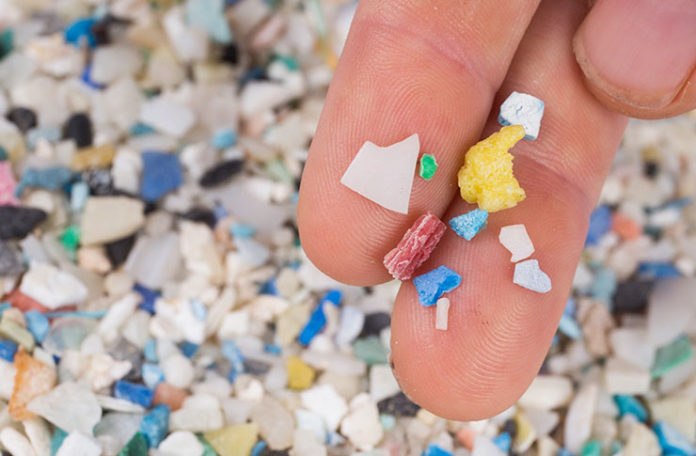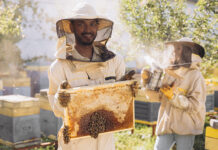
The researchers found that some “weathered” microplastics tended to absorb and release more contaminants than pristine microplastics, posing a threat to human health if these microplastics are ingested.
A new study published in Chemosphere takes a close look at the interactions between microplastics plastic pieces that are less than 5 millimetres in size, or three-sixteenths of an inch and trace organic compounds (TrOCs) found in pesticides, pharmaceuticals and personal care products, when they mingle in aquatic environments.
While microplastics and TrOCs may not be overly toxic to humans when encountered separately, the researchers found that when these materials contact each other in the water, the plastic’s toxicity can increase by a factor of 10.
Interaction between microplastics and TrOCs could easily happen in wastewater plants, says study lead author Andrey Ethan Rubin, a Ph.D. student at Tel Aviv University in Israel.
Basically, none of those plants can fully treat organic materials, especially very strong organic materials,” Rubin told Mongabay in an interview. Even here in Israel, we have very high amounts of antibiotics and other drugs that are released from the wastewater treatment plants and into the environment.
Another recent study also showed that many wastewater plants could not filter out tiny microplastics. These fragments are eventually released into streams and rivers, accumulating in the sediment.
The study, led by Rubin and co-author Ines Zucker, a nanotechnology and water treatment expert at Tel Aviv University, tried to simulate real environmental scenarios by intermingling polystyrene beads just 1 micrometre in size — the smallest size for a microplastic — and an antibacterial agent called triclosan, or TCS.
They left some of the microbeads in their “pristine” form and put others through a “weathering” process using carboxyl and amino solutions. The microbeads treated with carboxyl mimic the degrading process that plastic can go through in the environment when exposed to things like sunlight and friction.










